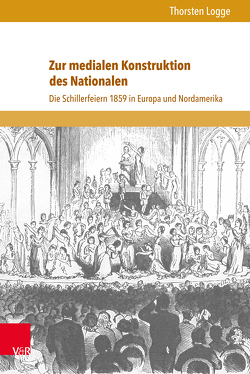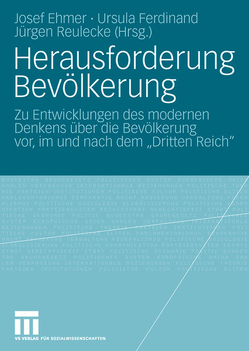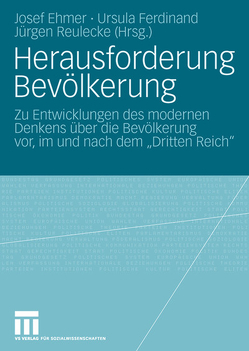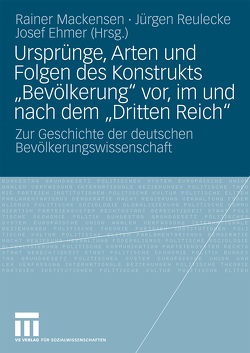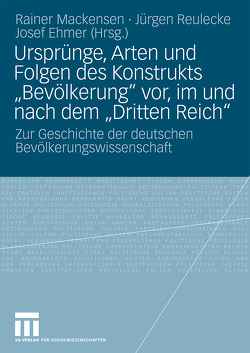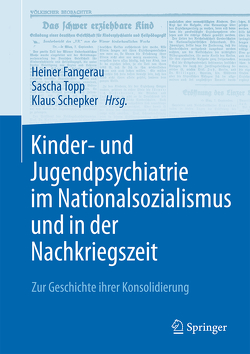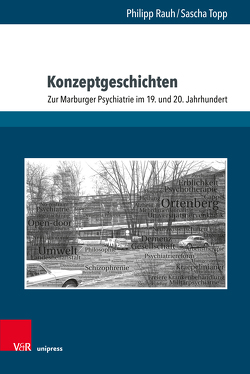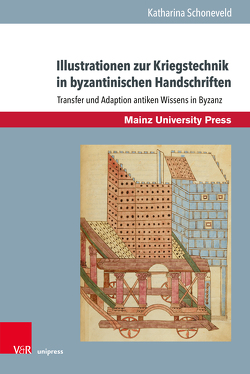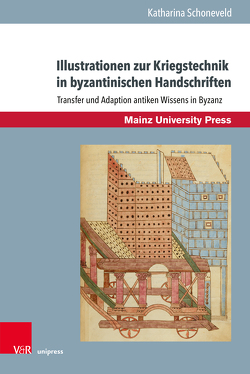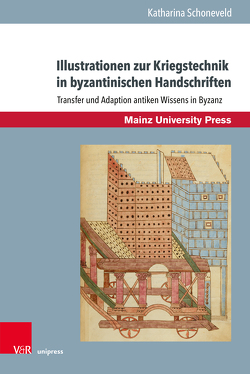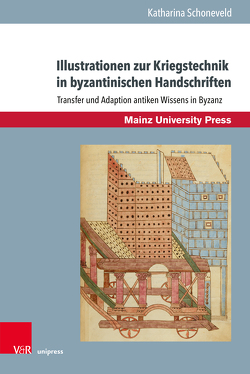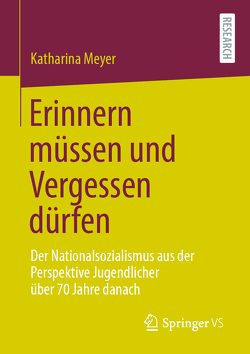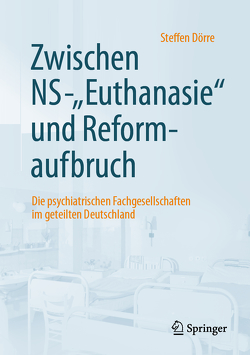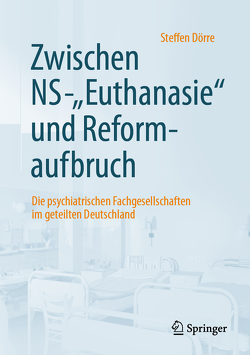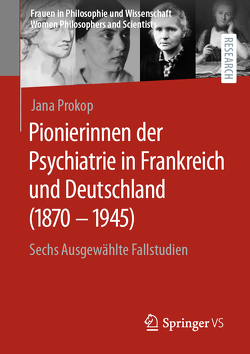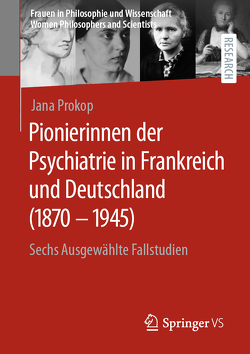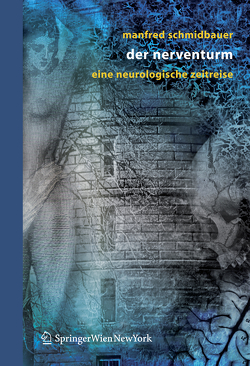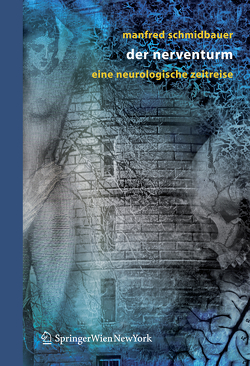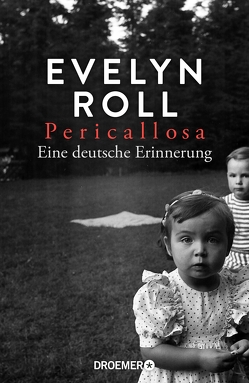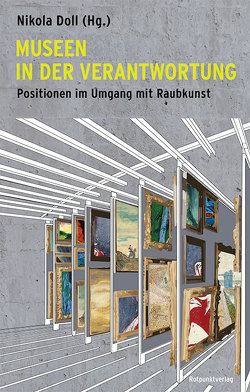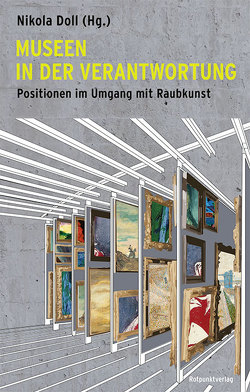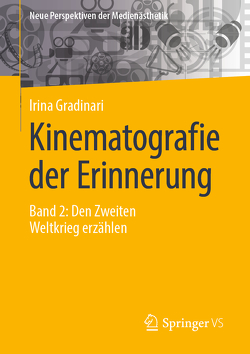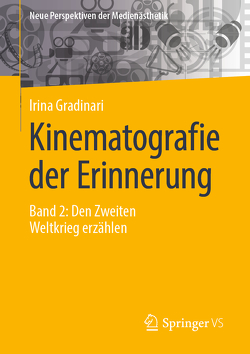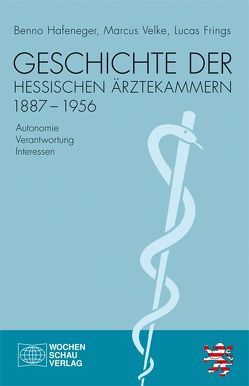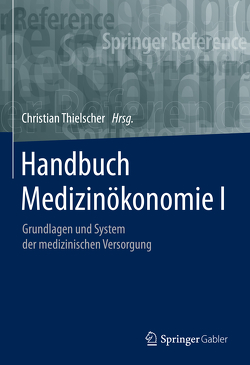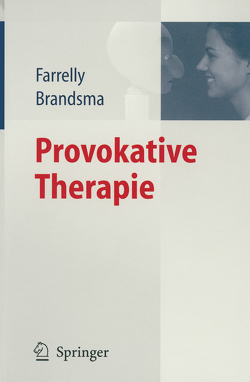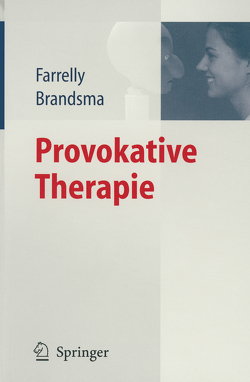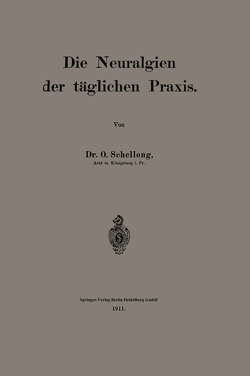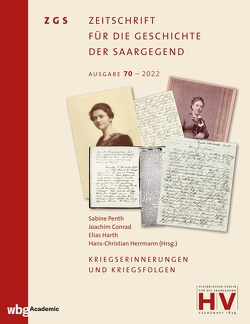Geschichte als Argument in der Nachkriegsmedizin
Formen der Vergegenwärtigung der nationalsozialistischen Euthanasie zwischen Politisierung und Historiographie
Birgit Neumann, Jürgen Reulecke, Sascha Topp
Etwa 300.000 psychisch erkrankte sowie geistig und körperlich beeinträchtigte Patienten wurden während des Zweiten Weltkriegs von Ärzten ermordet. Neben den massenhaften Zwangssterilisationen und medizinischen Menschenversuchen in Konzentrationslagern gehört diese Tatsache zu den prekärsten Vergangenheitsinhalten, mit denen es die deutsche Medizin seit 1945 zu tun hatte. In welchen historischen Konstellationen kam es dazu, dass NS-Euthanasie-Verbrechen in der Nachkriegsmedizin thematisiert wurden? Und welche Bedeutung wurde der Vergangenheit zugewiesen? Sascha Topp dokumentiert und analysiert anhand ausgewählter Beispiele von Medizinergruppen die Entwicklung von der teils systematischen Abwehr zur zumindest partiellen Verinnerlichung der prekären Vergangenheit in das ›kollektiv‹ geteilte ärztliche Selbstbild. Sein Buch steht damit im breiteren Kontext erinnerungskultureller Studien zum gesellschaftlichen Umgang mit Nationalsozialismus und Holocaust in Deutschland. Approximately 300 000 mentally retarded or psychologically disordered children, men and women were killed by German doctors as ‘life unworthy of living’ during the time of National Socialism, mainly in WW II. In post-war German medicine, besides the practice of forced mass sterilization and medical experimentation in context of the holocaust the euthanasia crimes are one of the most precarious aspects of the past. In case of dealing with Nazi euthanasia: which historical settings for representation can be identified and what meanings were given to these events in the course of remembrance? This study documents and analyses the variety of representations of national socialist euthanasia, using examples of several groups of German physicians after WW II until the first decade of 21st century. What can be found is a process of coming to terms with the past shifting from complete rejection up to at least partial internalization of the destabilizing contents of the past into the self-image and the ‘collective memory’ of the focused group of physicians. This book intends to contribute to the current research on memory cultures especially to cultural studies about German society dealing with the National Socialism and Holocaust.




